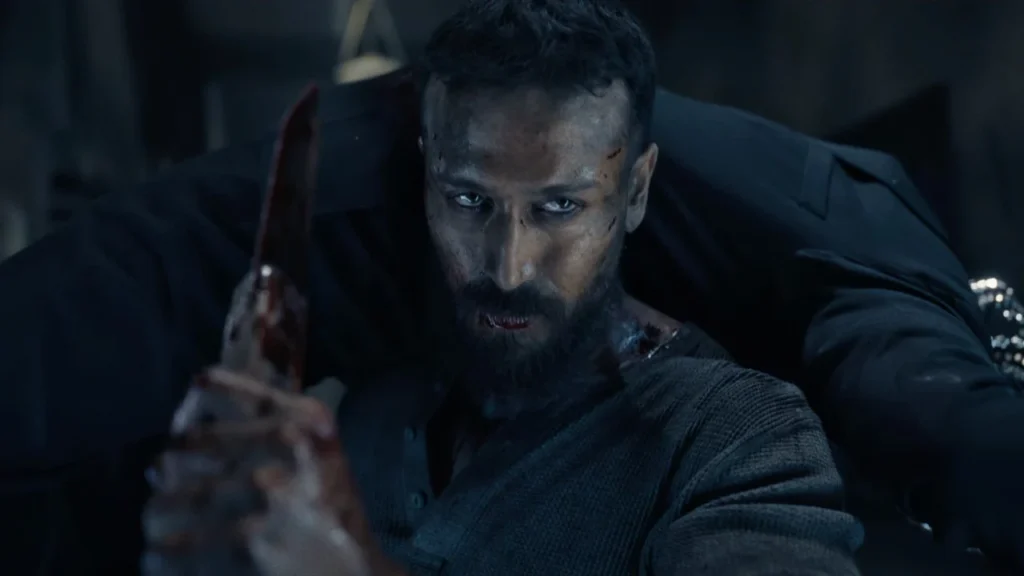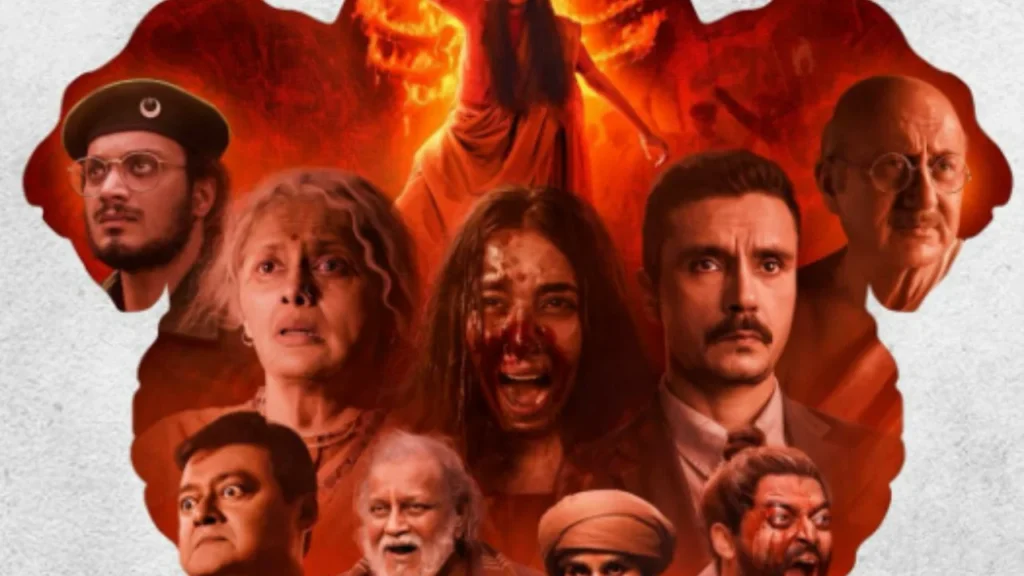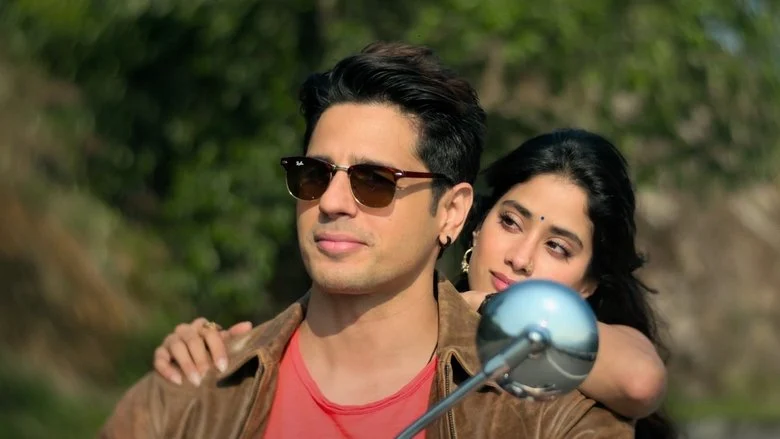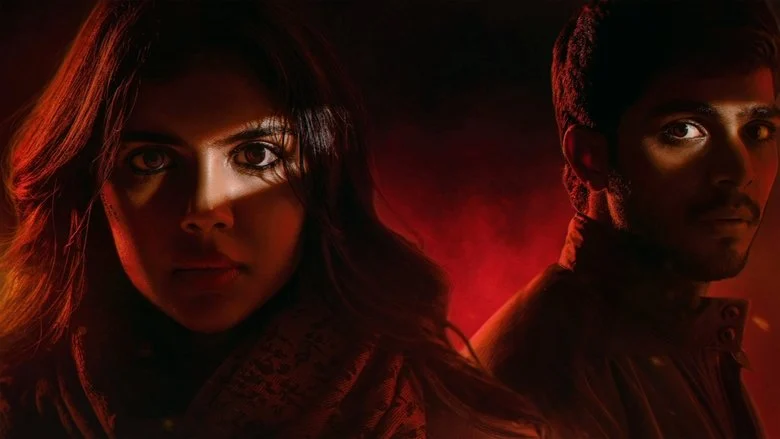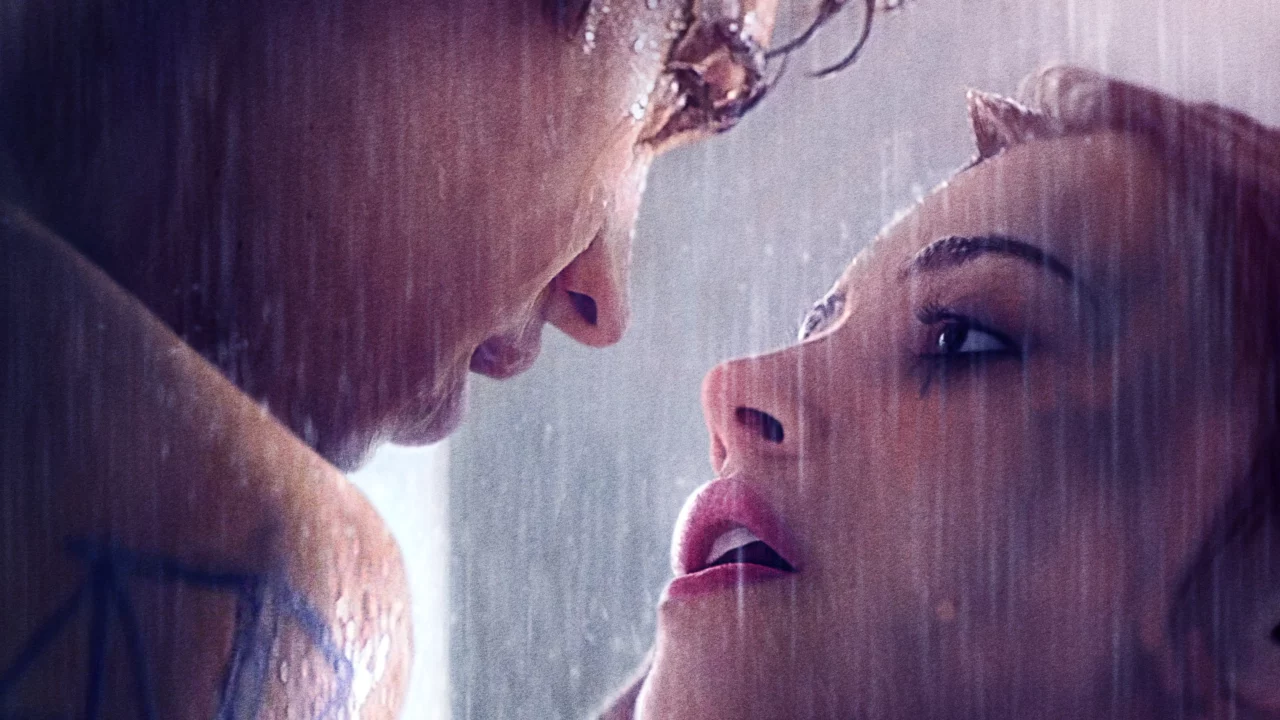
After We Collided (2020) Movie: This Sequel Misses the Mark Despite Fan Devotion
After We Collided brings back the stormy romance between Tessa and Hardin, but this time the stakes feel much higher. The sequel introduces Dylan Sprouse as Trevor, creating a love triangle that becomes the movie’s driving force.
Director Roger Kumble steps in to helm this continuation, pushing for more mature themes that match the growing fanbase. The film dives into complex issues of trust, betrayal, and whether love can truly conquer destructive patterns.

Story and Plot Structure
The movie jumps straight into the aftermath of the first film’s shocking finale. Tessa begins rebuilding her life through a prestigious internship at Vance Publishing, determined to create distance from her turbulent past.
Meanwhile, Hardin falls deeper into self-destructive habits, struggling to process his loss. His character arc centers on confronting long-buried family secrets and fighting for a chance at redemption.
The central question becomes whether genuine love can overcome betrayal and toxic cycles. While the premise holds promise, I found the execution often relies on predictable young adult romance patterns that feel overly familiar.
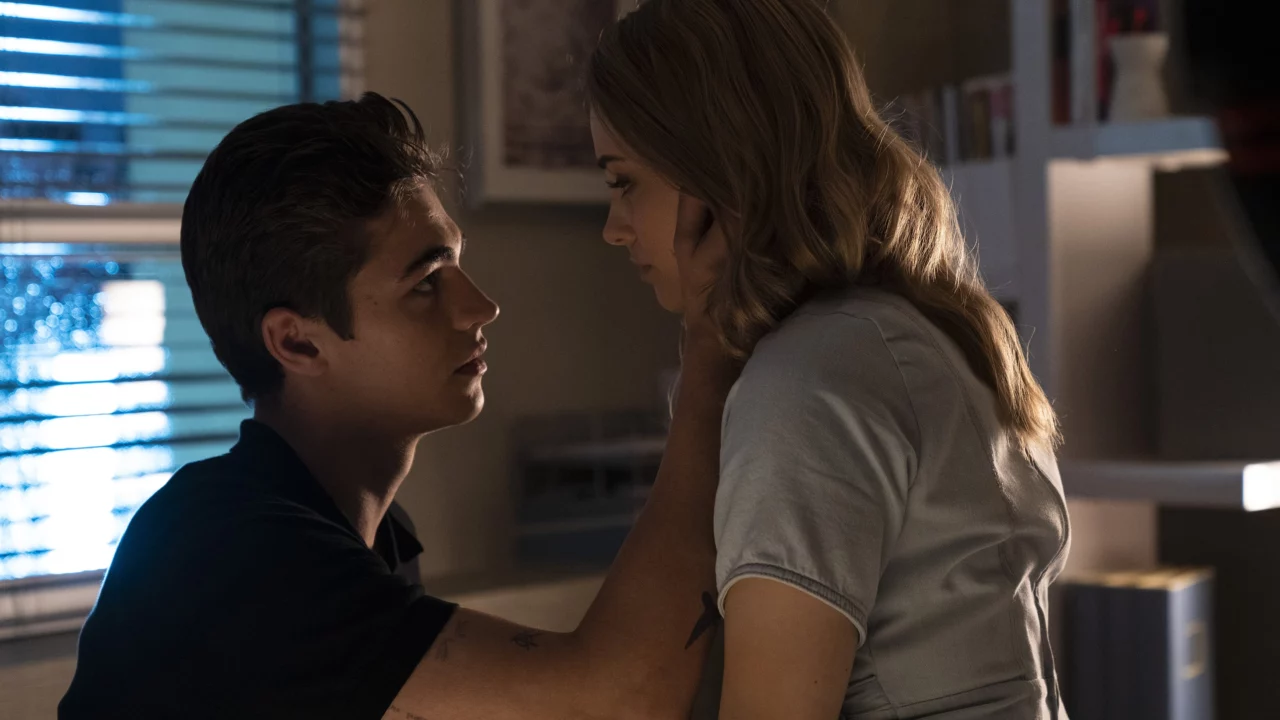
Acting and Character Development
Josephine Langford brings more confidence to Tessa this time around, effectively showing her character’s internal battle between emotion and logic. Her performance feels more grounded and believable than her previous outing.
Hero Fiennes Tiffin continues his intense portrayal of Hardin with the same brooding energy. However, his performance sometimes lacks variety, relying heavily on familiar expressions rather than showing genuine character evolution.
Dylan Sprouse adds a refreshing presence as Trevor, embodying the stability and kindness that Tessa deserves. His natural charisma makes Trevor genuinely appealing, though the script doesn’t give him enough material to become fully three-dimensional.
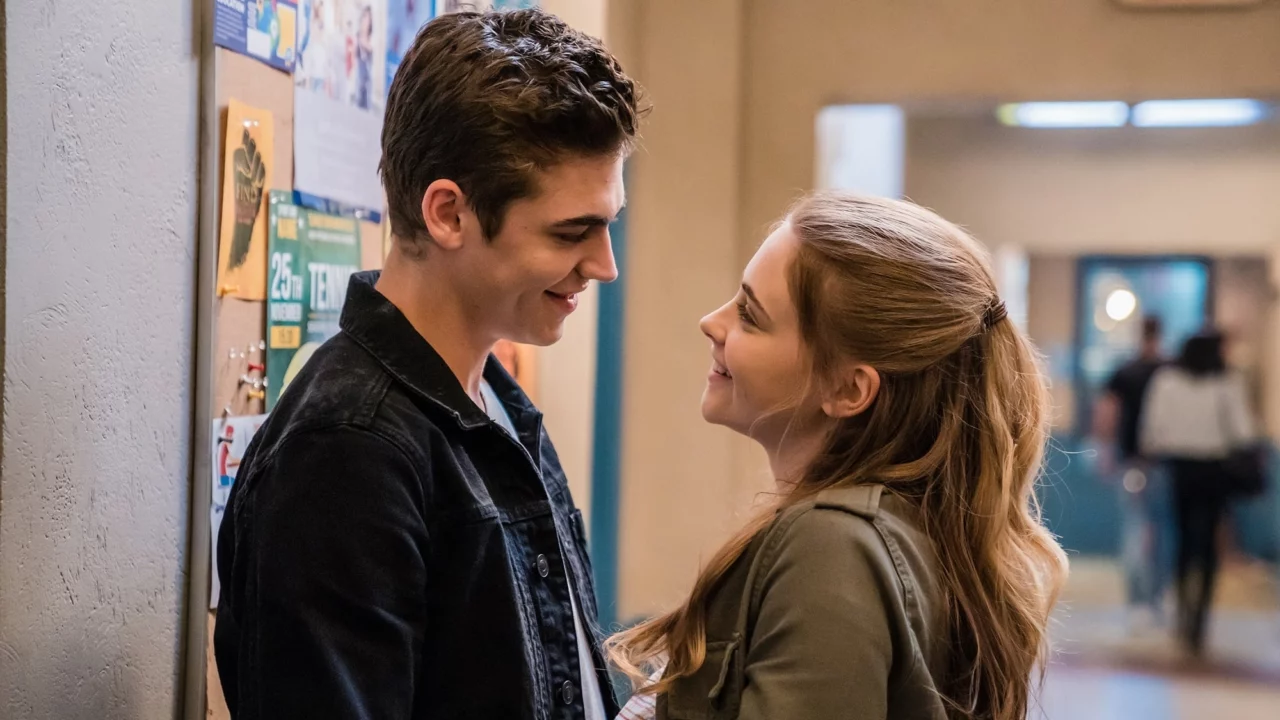
Visual Design and Production
The movie shows clear improvement in its visual storytelling compared to its predecessor. The sharp contrast between Tessa’s polished work environment and Hardin’s messy world creates effective visual metaphors.
Set design and wardrobe choices help establish character growth and changing dynamics. The production team creates distinct moods for different scenes that support the emotional narrative.
Technical aspects like cinematography and sound design work well during key dramatic moments. Some sequences drag longer than necessary, but the overall pacing keeps viewers engaged through most scenes.
Strengths of the Film
The movie delivers the emotional rollercoaster that book fans expect and crave. Several pivotal scenes from the source material translate well to screen, maintaining their original impact.
Background stories involving family relationships add depth to character motivations. These elements help explain why characters make certain choices, even when those choices seem frustrating.
The ensemble cast provides solid support throughout, with actors like Selma Blair bringing gravitas to their roles. These performances help balance the more dramatic elements with realistic human moments.
Weaknesses and Missed Opportunities
The film’s biggest problem lies in presenting unhealthy relationship dynamics as romantic ideals. Controlling behaviors get framed as passion without adequate examination of their harmful effects.
Dialogue often feels stiff and unrealistic, with characters speaking in dramatic declarations rather than natural conversation. This creates emotional distance between viewers and the supposedly relatable characters.
Pacing issues become noticeable during extended sequences that don’t move the story forward. I felt certain scenes existed purely for dramatic effect rather than serving meaningful narrative purposes.
Reviews and Public Reception
Critics responded harshly to the film, giving it just 12% approval on Rotten Tomatoes. Professional reviewers criticized the repetitive plot structure and concerning relationship messages.
Metacritic assigned a score of 14/100, reflecting widespread critical disappointment. Major entertainment outlets described the film as lacking substance and relying too heavily on melodrama.
Fan reactions proved more favorable, with the target audience showing appreciation for seeing beloved characters on screen. The disconnect between critical and audience reception highlights the challenge of adapting popular young adult fiction.
My Rating: 2.5/5


